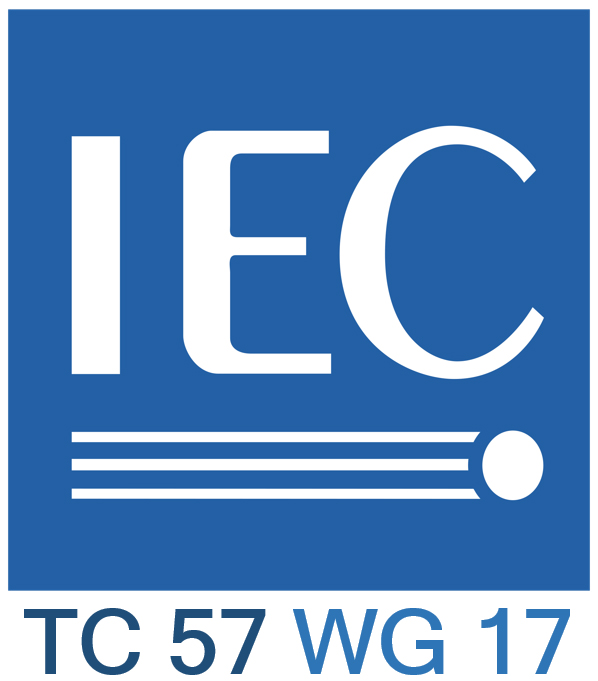by Tom Berry, Schneider-Electric

IEC TC 57 WG 17 is in charge of power system intelligent electronic device communication and associated data models for microgrids, distributed energy resources and distribution automation.
The rapid growth of distributed energy resources has led to the definition of grid codes and standards like IEEE 1547 that specify local control modes. These local modes or operational functions use closed loop control based on real-time measurements to control real and reactive power flows. The local controllers use settings that are supplied from higher level management or supervisory systems. These systems may themselves be part of a multi-level management system. The recently published IEC 61850-7-420 Ed 2 defines a rich set of data objects both for monitoring and the control function settings.
Due to the large number of end devices, it may be impractical for systems to exchange settings in real time and the information may be exchanged before it is needed in the form of schedules or forecasts. These schedules could be calculated in weeks or days in advance, or maybe only a few minutes before they are applied. Schedules and forecasts could be setpoints or limits for active power, or for enhanced services such as voltage control.
In this context, a schedule is a time-series that defines a set of values with a firm commitment.
IEC 61850-7-4 defines a generic information model for schedules to provide values as function of date and time. Multiple schedules can be used with a priority system which allows values to be determined based on a base periodic schedule say for 24 hours while allowing values to be overridden for specific intervals, for example an evening peak period.
A forecast is like a schedule but needs additional data to represent uncertainty. There are various ways to describe uncertainty and the choice is a current topic for discussion in standards working groups. For mathematical analysis it can be useful to define this as type of curve with key parameters such as variance. However, the uncertainty and hence the parameters may change with time. One way to represent this is to use multi-valued schedules where each time point has the nominal value and the expected variance. Another simple way to encode the data is multi-valued or multiple schedules with different values for each time point: nominal, 95% confidence minimum, 95% confidence maximum.
There is also another special case of schedules which is for flexibility services. The grid operator may wish to signal constraints at certain times of day, e.g., by setting different prices for time of use. This is particularly relevant for electric vehicle charging.
For these flexibility scenarios, an upper-level system provides pricing-based information that can encourage the lower-level system or end-user to make a choice about whether and when to take load or provide generation. There are many groups working on solutions based on IT protocols and cloud-based systems. Again, this is also a discussion topic in IEC working groups. We hope that we can agree on a basic information model that can be used with various transport protocols.
Biography:

Tom Berry studied Electrical Engineering at Bath University, UK. For the last 25 years he has worked for Schneider Electric in the UK and France.
Tom has worked on control center projects integrating SCADA systems within dispatch training simulators, transmission and distribution network management systems. He now works “closer to the edge” as a software architect for feeder automation RTUs. He is a member of several IEC TC57 WGs and the editor of IEC TS 62361-102 technical report on CIM-61850 harmonization.








